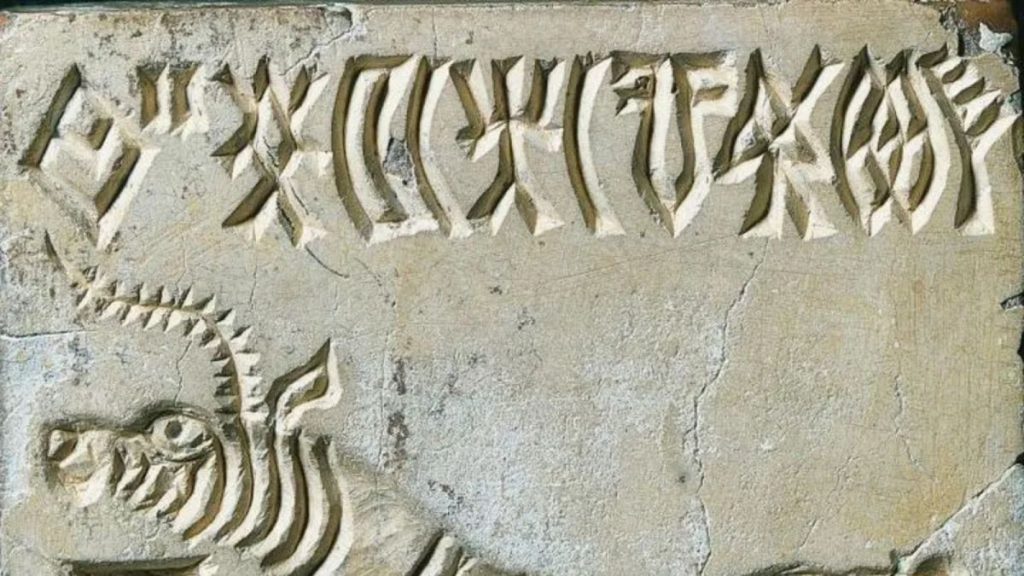The ancient Indus script, a vestige of the Indus Valley Civilization that thrived 5,300 years ago in present-day northwest India and Pakistan, presents a tantalizing enigma for linguists and archaeologists. This sophisticated civilization, known for its early urban planning, agriculture, and trade, left behind a collection of around 4,000 inscriptions, primarily etched on seals and pottery. These inscriptions, composed of signs and symbols, remain undeciphered, effectively silencing the voices of a civilization that predates many of the world’s known written languages. The mystery of the Indus script deepens with the civilization’s abrupt decline, which remains unexplained due to the lack of evidence pointing towards warfare or natural disasters. Unlocking the secrets of this script holds immense potential for understanding the Indus people’s governance, beliefs, and daily lives, offering a window into a pivotal period of human history.
The challenge of deciphering the Indus script has attracted renewed attention and incentive with a substantial prize announced by the government of Tamil Nadu, a state in southeast India. Offering nearly one million euros, the Tamil Nadu government seeks to galvanize efforts in cracking the code of this enigmatic writing system. The announcement followed a recent study that highlighted intriguing similarities between the Indus symbols and inscriptions found on ancient pottery within Tamil Nadu. This connection suggests a possible link between the Indus civilization and ancient Tamil cultures, adding another layer of complexity and potential insight into the script’s origins and meaning. The prize represents a significant investment in the pursuit of unraveling this historical mystery and underscores the importance of understanding the Indus Valley Civilization’s contribution to human history.
Despite numerous attempts by researchers over the years, the Indus script has stubbornly resisted decipherment. Various theories have been proposed, linking the script to early Brahmi scripts, Indo-Aryan languages, and even Sumerian, yet none have provided a conclusive key to unlocking its meaning. The challenge lies in the brevity of the inscriptions, the limited understanding of the underlying language, and the absence of a bilingual text comparable to the Rosetta Stone, which famously aided in deciphering Egyptian hieroglyphs. The lack of a clear context for the inscriptions further complicates the decipherment process, making it difficult to discern whether they represent a language, a symbolic system, or a combination thereof.
The Tamil Nadu government’s prize has injected new energy into the quest to decipher the Indus script, potentially attracting a broader range of experts and innovative approaches to this long-standing puzzle. The incentive might encourage interdisciplinary collaborations, combining the expertise of linguists, archaeologists, computer scientists, and other specialists to tackle the challenge from multiple angles. The prize also raises the possibility of utilizing advanced computational methods, such as machine learning and artificial intelligence, to analyze the inscriptions and identify patterns that might have been missed by traditional methods.
The successful decipherment of the Indus script would be a monumental achievement, akin to breaking the Enigma code, and would have far-reaching implications for our understanding of ancient history. It would provide invaluable insights into the Indus Valley Civilization’s social structure, political organization, religious beliefs, and economic practices. It could also shed light on the civilization’s interactions with other contemporary cultures and its influence on later civilizations in the region. Furthermore, deciphering the script could potentially reveal the reasons behind the civilization’s sudden decline, a mystery that has baffled historians and archaeologists for decades.
The quest to decipher the Indus script represents a fascinating intersection of linguistic analysis, archaeological investigation, and historical inquiry. The Tamil Nadu government’s substantial prize offer has revitalized this pursuit, offering a powerful incentive for researchers to dedicate their expertise and ingenuity to unraveling this ancient mystery. The successful decipherment of the script would not only unlock the secrets of a lost civilization but also illuminate a significant chapter in human history, enriching our understanding of the past and potentially informing our present. The challenge remains daunting, but the potential rewards are immense, making the pursuit of this linguistic and historical enigma a worthy endeavor for experts around the world.














